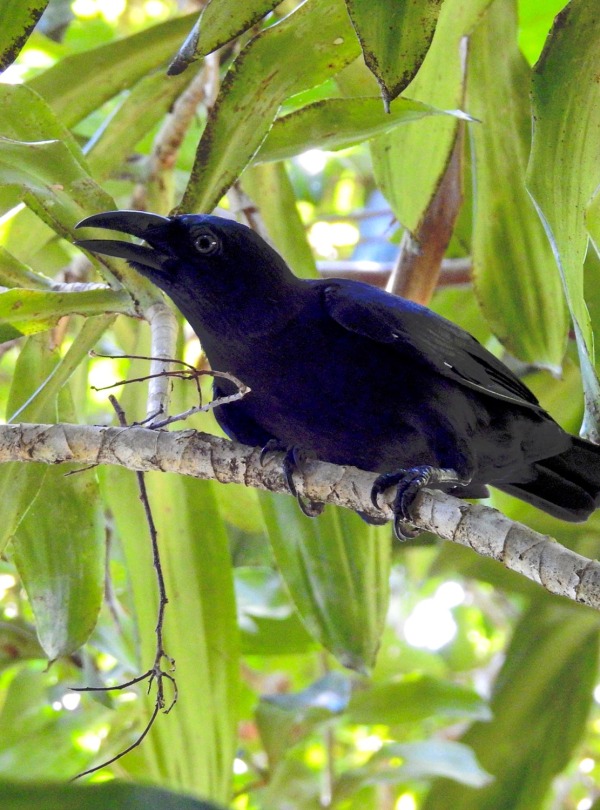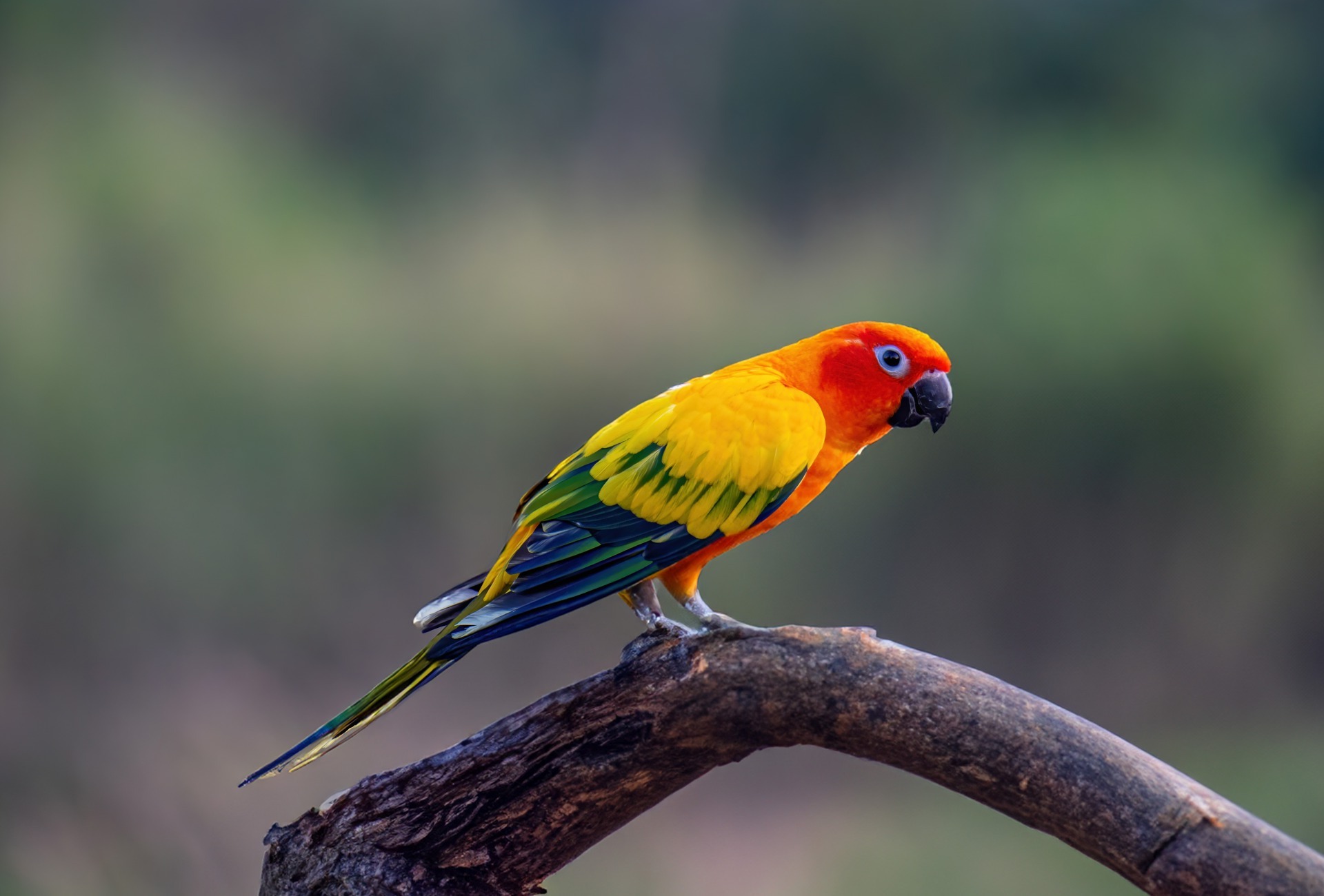
Protect Ancient Wetlands In Guyana’s “Land of the Giants”
DOUBLE YOUR DONATIONDOUBLE YOUR DONATIONGuyana’s ancient wetlands and Indigenous communities are at risk as forests, fish and wildlife face growing threats from mining, logging and agriculture.
-
Species at Risk
Hoary-Throated Spinetail (CR), Rio Branco Antbird (CR), Sun Parakeet (EN)
-
Carbon stored
108,385,497 mT *
*(metric tons of CO2 equivalents) -
Partner
Conservation International Guyana
-
741,000 Proposed Acres Conserved by
Indigenous Community Conservation Areas
Please note that your donation may not be immediately reflected in the funding thermometer above.
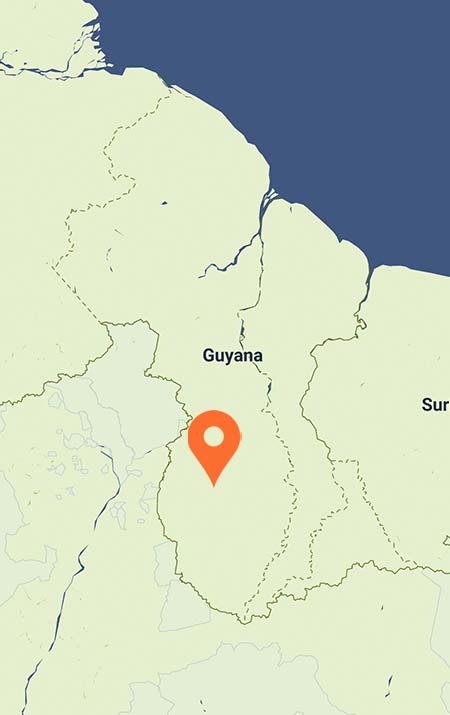
741,000
Guyana’s ancient wetlands and Indigenous communities are at risk as forests, fish and wildlife face growing threats from mining, logging and agriculture.
-
Species at Risk
Hoary-Throated Spinetail (CR), Rio Branco Antbird (CR), Sun Parakeet (EN)
-
Carbon stored
108,385,497 mT *
*(metric tons of CO2 equivalents) -
Partner
Conservation International Guyana
-
741,000 Proposed Acres Conserved by
Indigenous Community Conservation Areas
Please note that your donation may not be immediately reflected in the funding thermometer above.

741,000
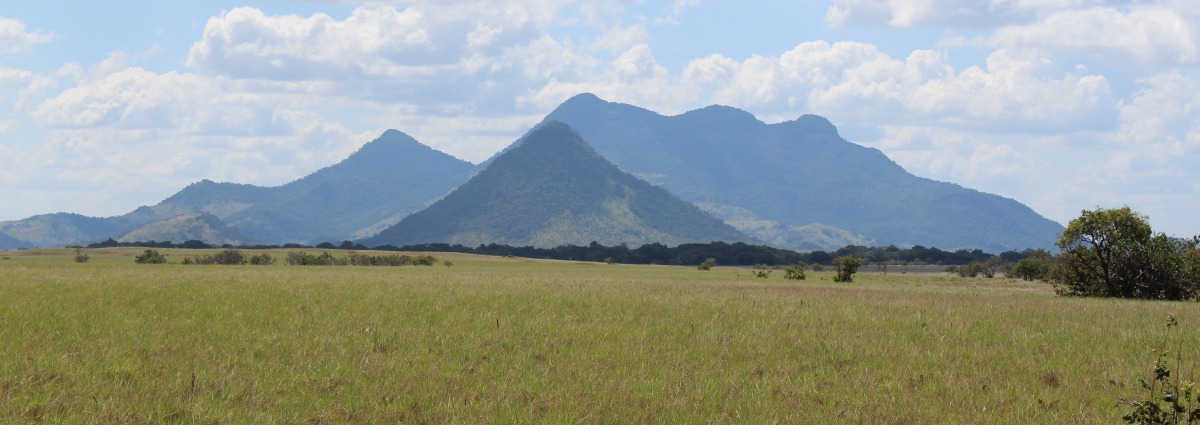
2X THE IMPACT
For the next $600,000 donated, your gift have 2X the impact thanks to the SAVES Challenge.
DOUBLE YOUR DONATIONDOUBLE YOUR DONATIONThough Guyana’s biodiverse Rupununi region has supported Indigenous communities for centuries, relentless destruction of habitat threatens to unravel its delicate interconnected ecosystems. Commercial and illegal logging, mining and agricultural activities are steadily degrading waterways vital to fish migration and the movement of wildlife across its savannas.
This 17.2 million-acre area in southwestern Guyana has a highly intact and geologically ancient landscape of forests, low mountains, tropical savannas and floodplains and is named for the Rupununi River that flows through it. During flood season, Rupununi waters combine with those of the giant Amazon and Essequibo rivers to form the largest wetland in Guyana and one of the most exceptionally biodiverse areas in the world.
Rainforest Trust is partnering with Conservation International Guyana to support the establishment of 741,000 acres of Indigenous Community Conservation Areas (ICCAs), which are territories and areas conserved by Indigenous Peoples and local communities.
Header image: Sun Parakeet, by Luckyfarm
Explore Guyana's biodiverse Rupununi region
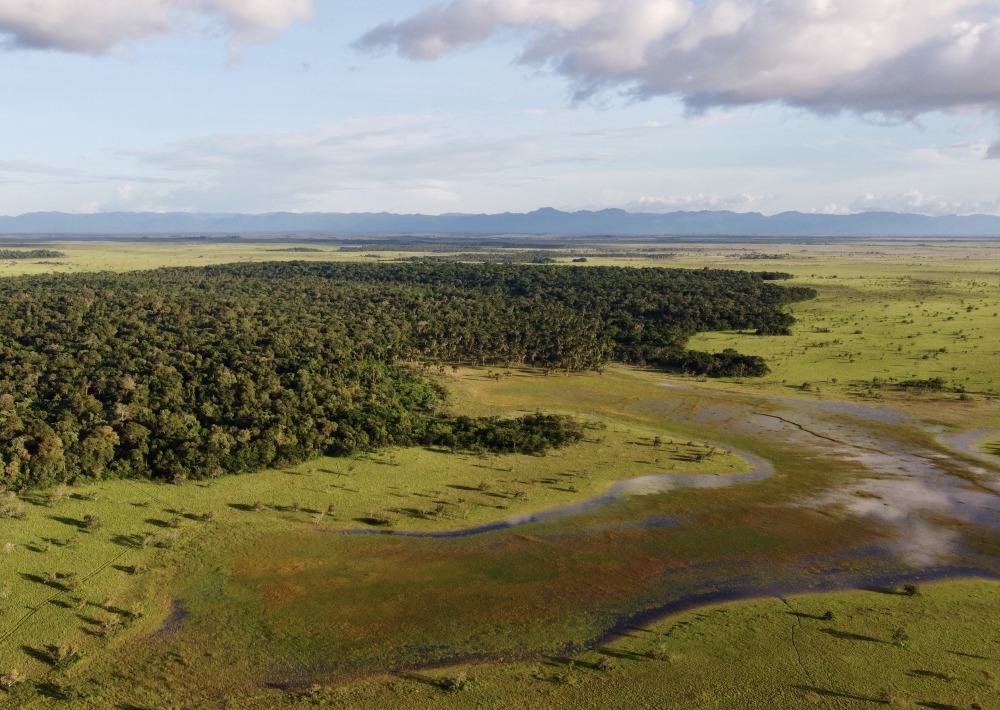
Rupununi Bush Island Corridor photo courtesy of Conservation International
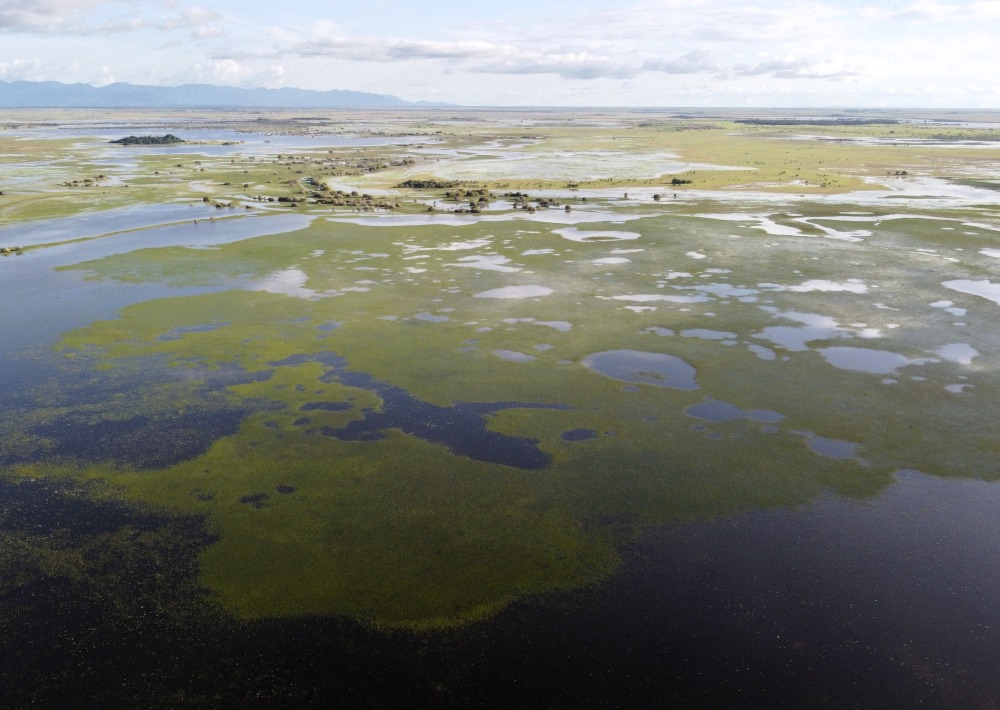
Rupununi Wetlands photo courtesy of Conservation International
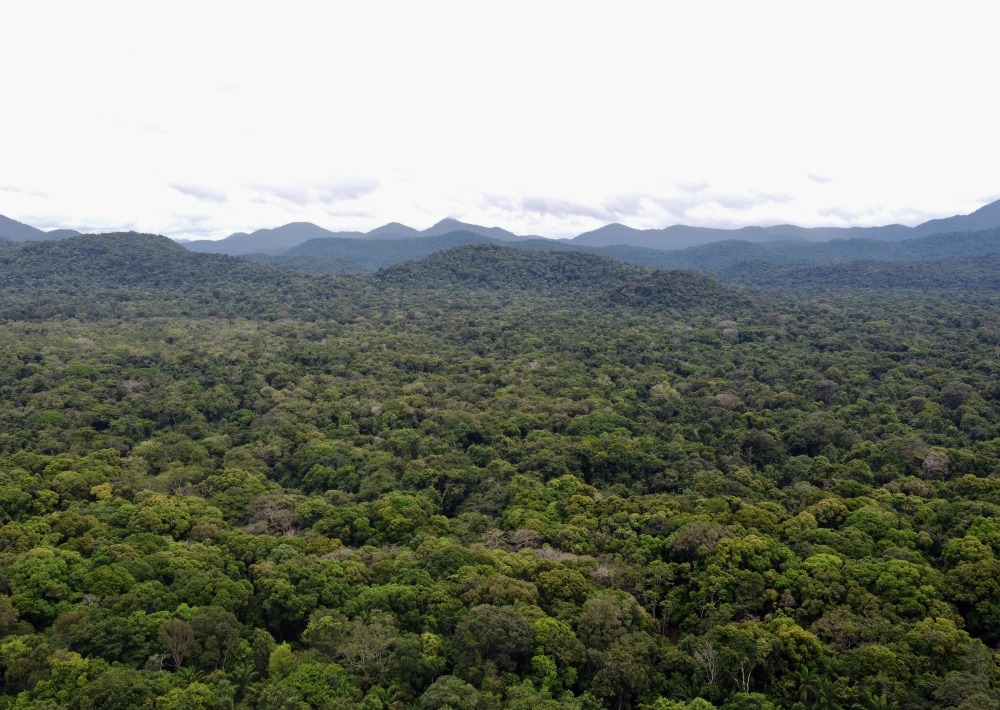
Old growth forest photo courtesy of Conservation International
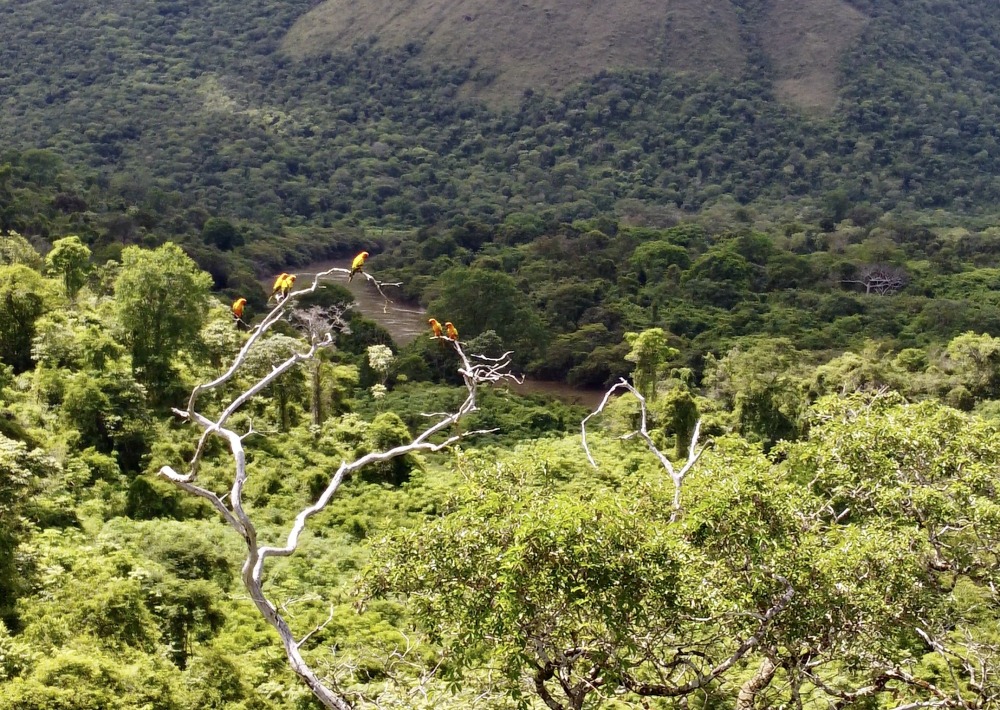
Sun Parakeet photo courtesy of Conservation International
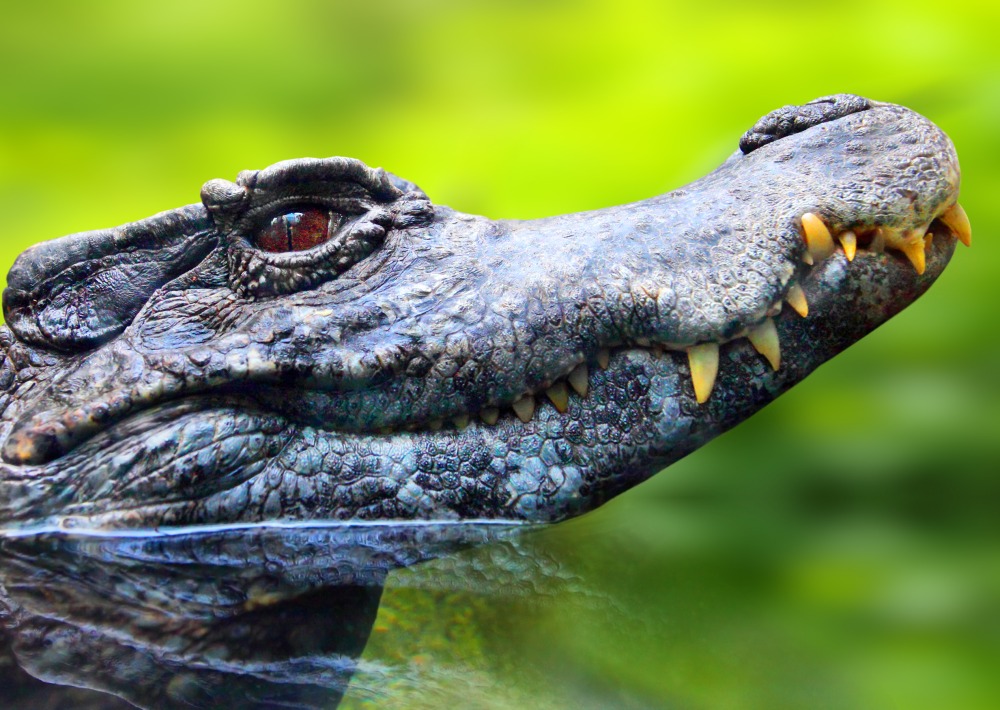
Black Caiman
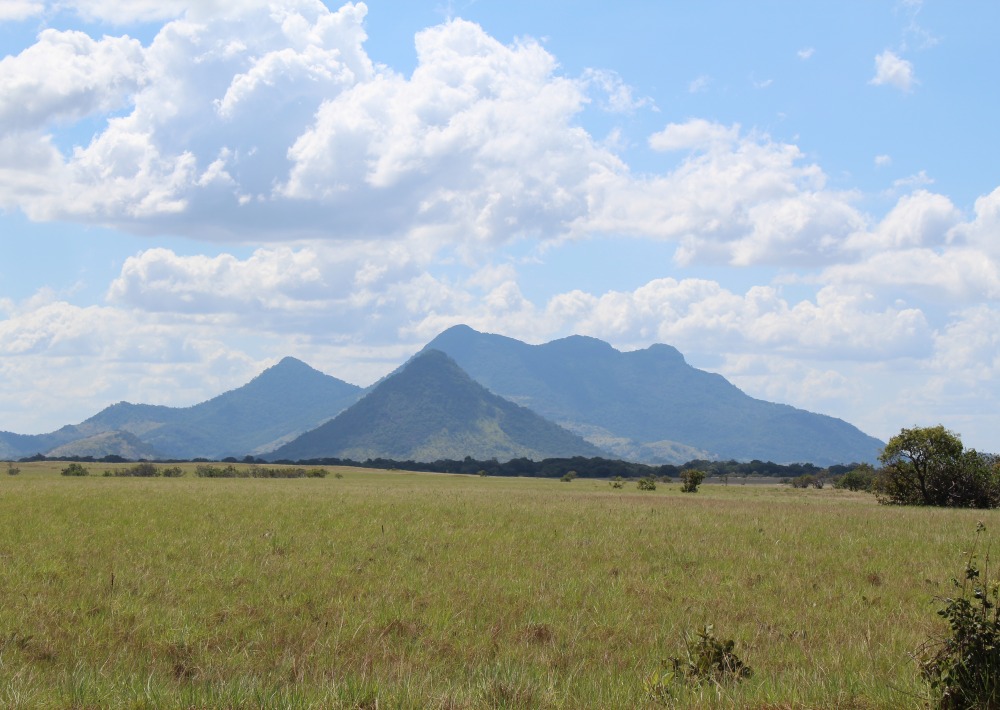
Foothills of the Kanuku Mountains photo courtesy of Conservation International
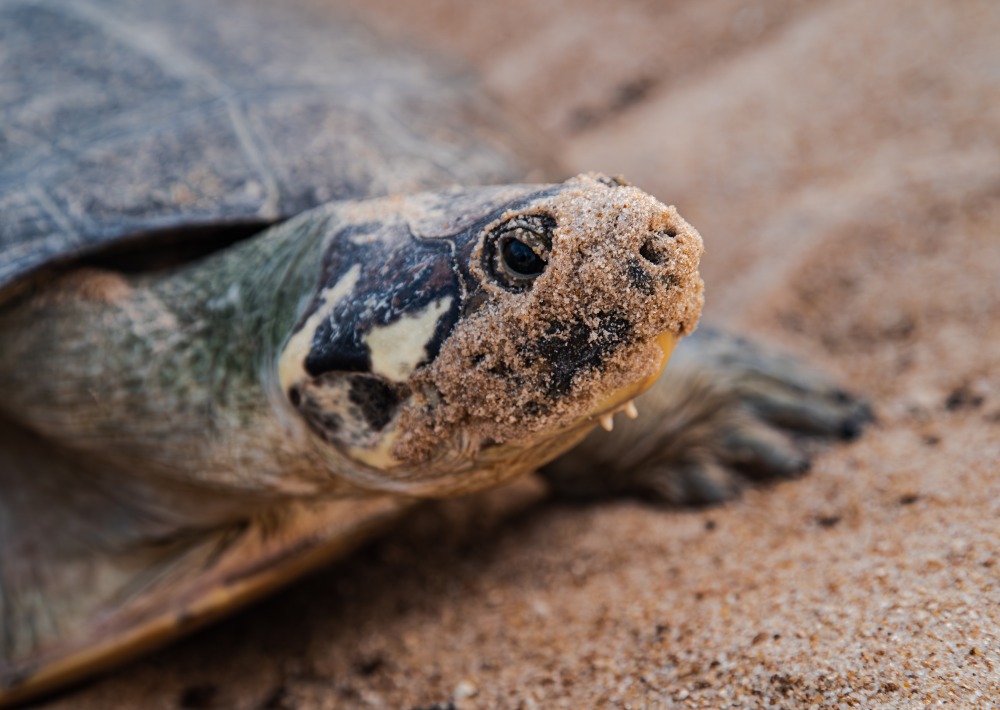
Giant American Turtle
Rupununi erupts with
lakes, ponds and flooded depressions during the annual flood season.
Protect A Flooded World Rich With Species
The giant inland water system that emerges in Rupununi each year creates 750 lakes, ponds and flooded depressions that support over 450 fish species, as well as Endangered Amazon River Dolphins and Amazonian Manatees. This abundance of fish supports healthy populations of Black Caiman, Giant River Otter, Giant South American Turtle, and recovering populations of the Arapaima—the largest freshwater fish in the world and one of the reasons why Rupununi is referred to as the “Land of the Giants.” Harpy Eagle, Jaguar, Guiana Spider Monkey and Lowland Tapir, as well as extremely threatened and range-restricted birds like the Critically Endangered Hoary-Throated Spinetail and Rio Branco Antbird and the Endangered Sun Parakeet, rely on the region for their survival. The newly conserved areas will fortify an important conservation corridor in Southern Guyana.
Support Indigenous Communities To Protect Nature-Based Livelihoods
Indigenous communities here rely heavily on fish as a main protein source and on other nature-based resources. Customary laws and other effective means will be employed to create both areas for sustainable resource use and areas strictly set aside for conservation. Commercial, extractive activities like gold mining, industrial logging, and large-scale hunting/fishing will not be permitted within the proposed ICCAs. Indigenous communities will be supported to protect and manage their legally owned territories in this extraordinary region of rainforests, savannas, and floodplains.
LEARN MORE ABOUT THIS PROJECT >>
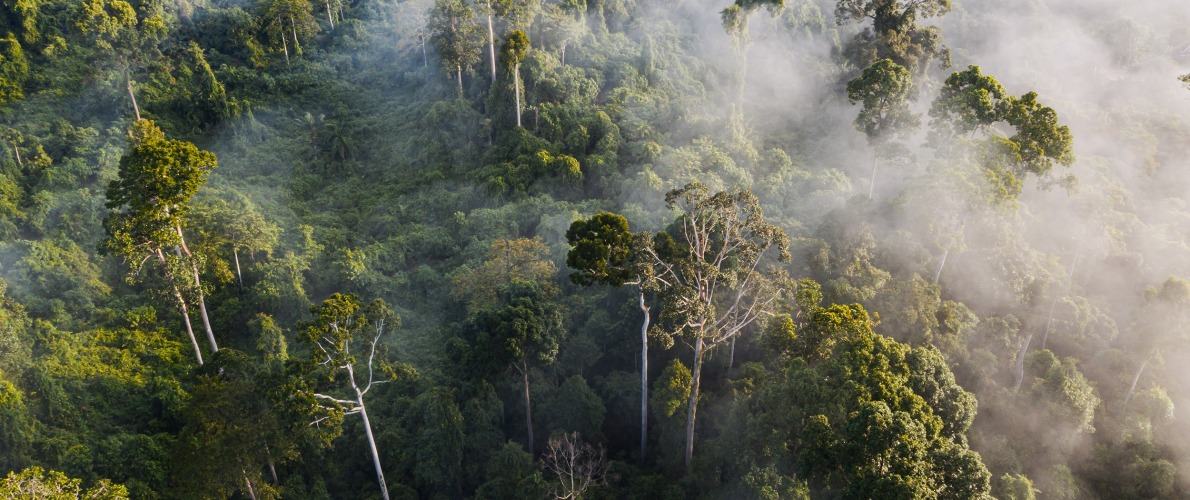
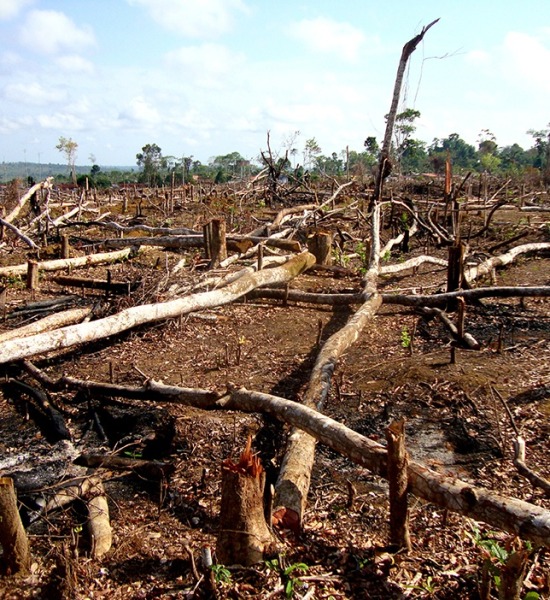
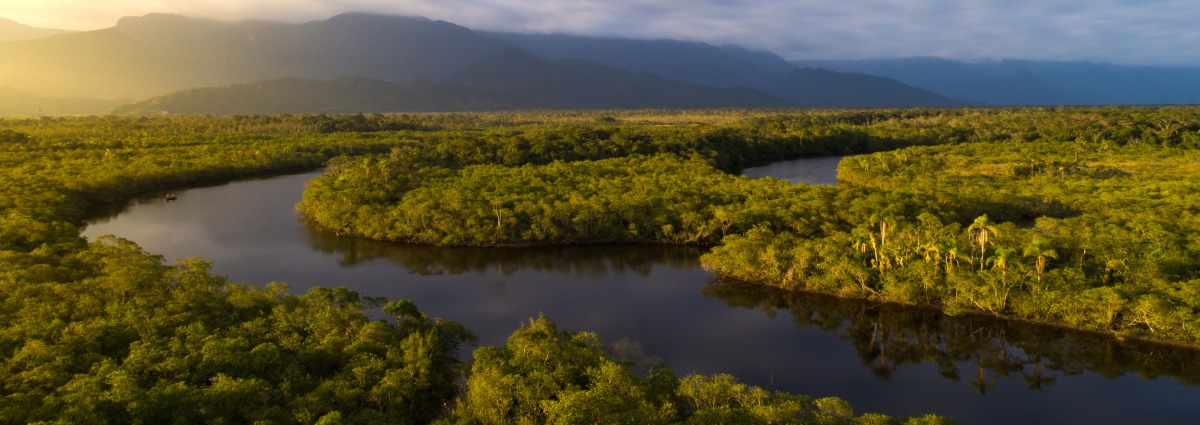
We Value Transparency.
Conservation work is critical, challenging, and can be costly. We work hard to ensure we raise only the funds needed for each project. In the rare case we raise more money than needed or a project comes in under budget, excess monies will be transferred to the Conservation Action Fund. This fund supports our important conservation work throughout the tropics.
Learn more about the Conservation Action FundLearn more about the Conservation Action Fund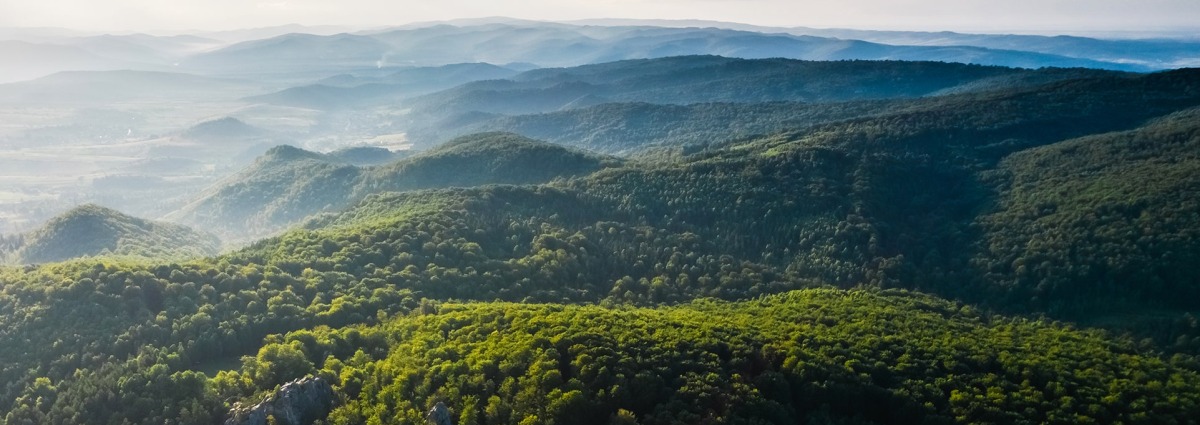
Partnering to Save Rainforest
Our partners’ ability to work with their governments and build strong connections with local communities ensures the successful implementation of our projects.
Learn More About This PartnerLearn More About This PartnerSign up to receive the latest updates
"*" indicates required fields
100% of your money goes to our conservation efforts
Our board members and other supporters cover our operating costs, so you can give knowing your whole gift will protect rainforests.

